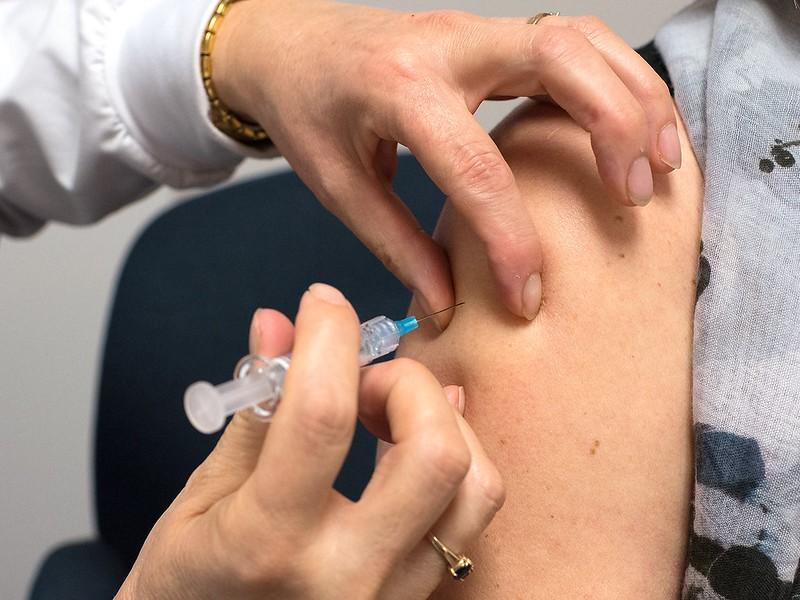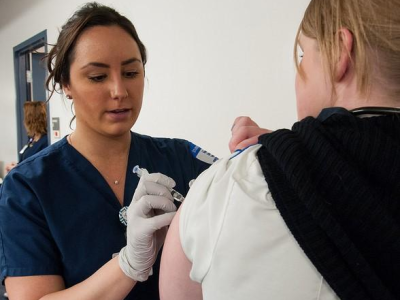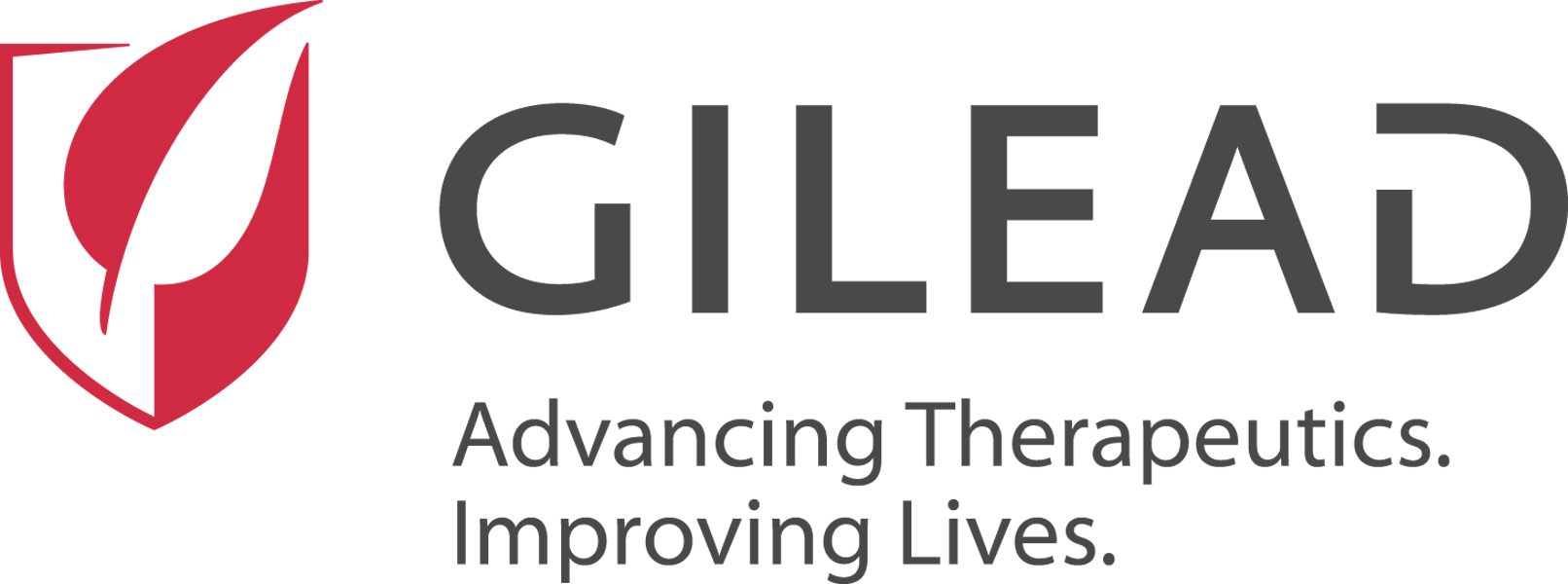- A World Health Organization (WHO) official speaking at a briefing in Geneva yesterday said that urgent action is needed to prevent the escalation of chikungunya outbreaks, Agence France-Presse reported. Diana Rojas Alvarez, MD, PhD, a medical officer and arbovirus team led with the WHO, said the group is seeing the same warning signs that occurred two decades ago, when the virus swept across Indian Ocean countries. Outbreak hot spots this year have included Reunion, Mayotte, and Mauritius, with the mosquito-borne disease spreading to Madagascar, Somalia, and Kenya. She noted that South Asian countries are now reporting outbreaks and that local spread has been reported on France’s mainland and also possibly Italy.
- The Gambia’s health ministry has reported the country’s first mpox case following the detection of an infection through routine surveillance, according to a local media report that cited a health ministry press release. The country, a narrow strip of land bordered almost entirely by Senegal, is the latest in West Africa to report mpox. The confirmation lifts the number of countries in Africa reporting mpox this year to 25.
- The US Department of Agriculture (USDA) Animal and Plant Health Inspection Service (APHIS) today reported two more H5N1 avian flu detections in dairy cows, both involving herds from California. The detections bring the nation’s total since early 2024 to 1,777 from 17 states. California, the hardest-hit state, now has 770.
Quick takes: WHO chikungunya warning, mpox in Gambia, more H5N1 in California dairy cows
HHS accepts advisory group's recommendation to remove thimerosal from US flu vaccines

Today, the US Department of Health and Human Services (HHS) announced that it has accepted the recent Advisory Committee on Immunization Practices' (ACIP's) recommendation to remove the mercury-based preservative thimerosal from US flu vaccines.
ACIP usually advises the Centers for Disease Control and Prevention (CDC) and not the HHS. ACIP recommended removing thimerosal from influenza vaccines during a meeting in June, when members voted for all children 18 years and younger, pregnant women, and adults receive only single-dose influenza vaccines free of mercury.
At least 40 studies have found thimerosal to be safe
“After more than two decades of delay, this action fulfills a long-overdue promise to protect our most vulnerable populations from unnecessary mercury exposure,” HHS Secretary Robert F. Kennedy Jr. said in an HHS press release. “Injecting any amount of mercury into children when safe, mercury-free alternatives exist defies common sense and public health responsibility. Today, we put safety first.”
Thimerosal has long been a target for vaccine skeptics, who believe the preservative, which is used in small amounts to prevent contamination in multidose vaccine vials, is linked to increasing autism rates and even mercury poisoning in children .
In fact, thimerosal has been used safely since the 1930s, and more than 40 studies have proven its safety. According to the CDC, “There is no evidence of harm caused by the low doses of thimerosal in vaccines, except for minor reactions like redness and swelling at the injection site.”
Urgent care study highlights inappropriate prescribing of antibiotics, other medications

A study led by researchers at the University of Michigan suggests urgent care visits are commonly associated with unnecessary prescribing of antibiotics, opioids, and glucocorticoids.
For the study, which was published yesterday in the Annals of Internal Medicine, the researchers used commercial insurance and Medicare supplemental databases to conduct a cross-sectional analysis of outpatients of all ages with an urgent care place-of-service code from January 2018 through December 2022. Among more than 22.4 million urgent care visits involving more than 10.7 million individuals, they found that 12.1%, 9.1%, and 1.3% of visits resulted in antibiotic, glucocorticoid, and opioid prescription fills, respectively. They then examined the appropriateness of those prescriptions using consensus definitions.
While antibiotics were found to be always appropriate for 58.2% of upper respiratory infections, and 63.9% of urinary tract infection visits, antibiotic prescriptions were frequently filled for patients diagnosed with "never-appropriate" indications. Nearly one-third (30.6%) of patients diagnosed with otitis media (ear infection), 45.7% of those diagnosed genitourinary signs and symptoms, and 15% diagnosed with acute bronchitis received antibiotics.
Glucocorticoids were considered "generally inappropriate" in 23.9% of sinusitis, 40.8% of acute bronchitis, and 11.9% of upper respiratory cases, while inappropriate opioids were prescribed in 4.6% of musculoskeletal cases, 6.3% of patients with abdominal pain and digestive symptoms, and 4.0% of patients with sprains and strains.
Multifaceted approach needed to address inappropriate prescribing
The findings are unsurprising for antibiotics, given previous research has indicated inappropriate antibiotic prescribing is a problem in urgent care settings. But the study authors say their research indicates the problem extends beyond antibiotics, and reflects issues with clinician knowledge, patient demand, and lack of decision support. They call for future studies to focus on identifying components of urgent care-tailored stewardship programs.
“Reducing inappropriate prescribing of antibiotics, glucocorticoids and opioids will require a multifaceted approach,” study co-author Shirley Cohen-Mekelburg, MD, said in a press release. “Providers at urgent centers would benefit from greater support and feedback in making these decisions.”










